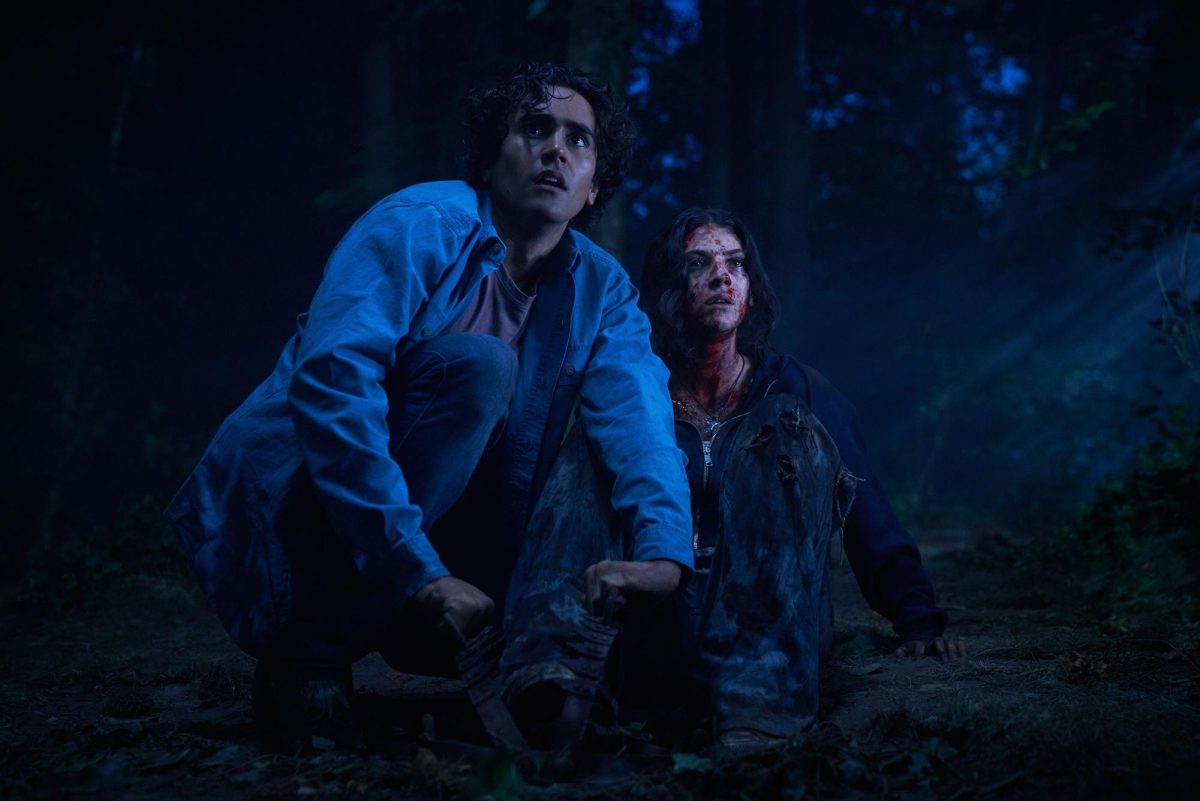Many moons have passed since Celine Dion’s typical brand of adult contemporary balladry was considered pop music. Her 11th English studio album, “Loved Me Back to Life,” finds Dion experimenting with her vocals while also trying to evolve her sound in a way that meets the standards set by today’s pop hits.
Sonically, the album is a refreshing blend of neo-soul and rhythm and blues, with dance music used to provide dramatic flourishes during pivotal moments. Complete with bass drops and a rock-driven power chorus that would make Kelly Clarkson jealous, the title song serves as a centerpiece that guides the directions of the other album tracks. In the feisty “Somebody Loves Somebody,” a sharp staccato string section is combined with a pulsing beat and gritty electric guitars. Embellished with lyrics like, “I don’t want another piece of your mind/ If you wanna fight, bite your tongue before you explode,” creating an aura that suggests this is Dion’s edgiest album yet. However, “edgy” for Dion could be any song that isn’t backed by an organic orchestra. Clearly, the production serves to add grit to Dion’s crisp vocals, but is not varied enough throughout the album to be considered dynamic.
That said, Dion’s voice is quite possibly the most technically skilled and most powerful instrument in all of pop music. It’s the album’s main focus and is an element that truly elevates “Loved Me Back to Life” above recent pop releases that simply don’t celebrate the skills of the artist in question. What is striking here is Dion’s versatility. Because she usually opts for blasting every note with unbridled gusto, her jazz-infused restraint on the smoky “Water and a Flame” is nearly startling. Even more surprising is her shivering delivery on “Didn’t Know Love.” The hushed ballad features Dion singing lyrics, like “I didn’t know love/ Not even close/ This is more beautiful and frightening than I’ve ever known,” with her typically forceful voice whispering some words, belting others and cracking with emotion.
As far as cashing in on today’s trends in pop music, the production does a mediocre job of recreating Dion’s traditionally contemporary style in any meaningful way. However, Dion’s choices in terms of her vocal style and lyrics are enough to add intrigue and a sense of risk-taking unseen in her previous releases. Dion’s voice, a bombastic force that typically distracts from the lyrics, creates a level of believability when tempered the way it is on “Loved Me Back to Life.”
















